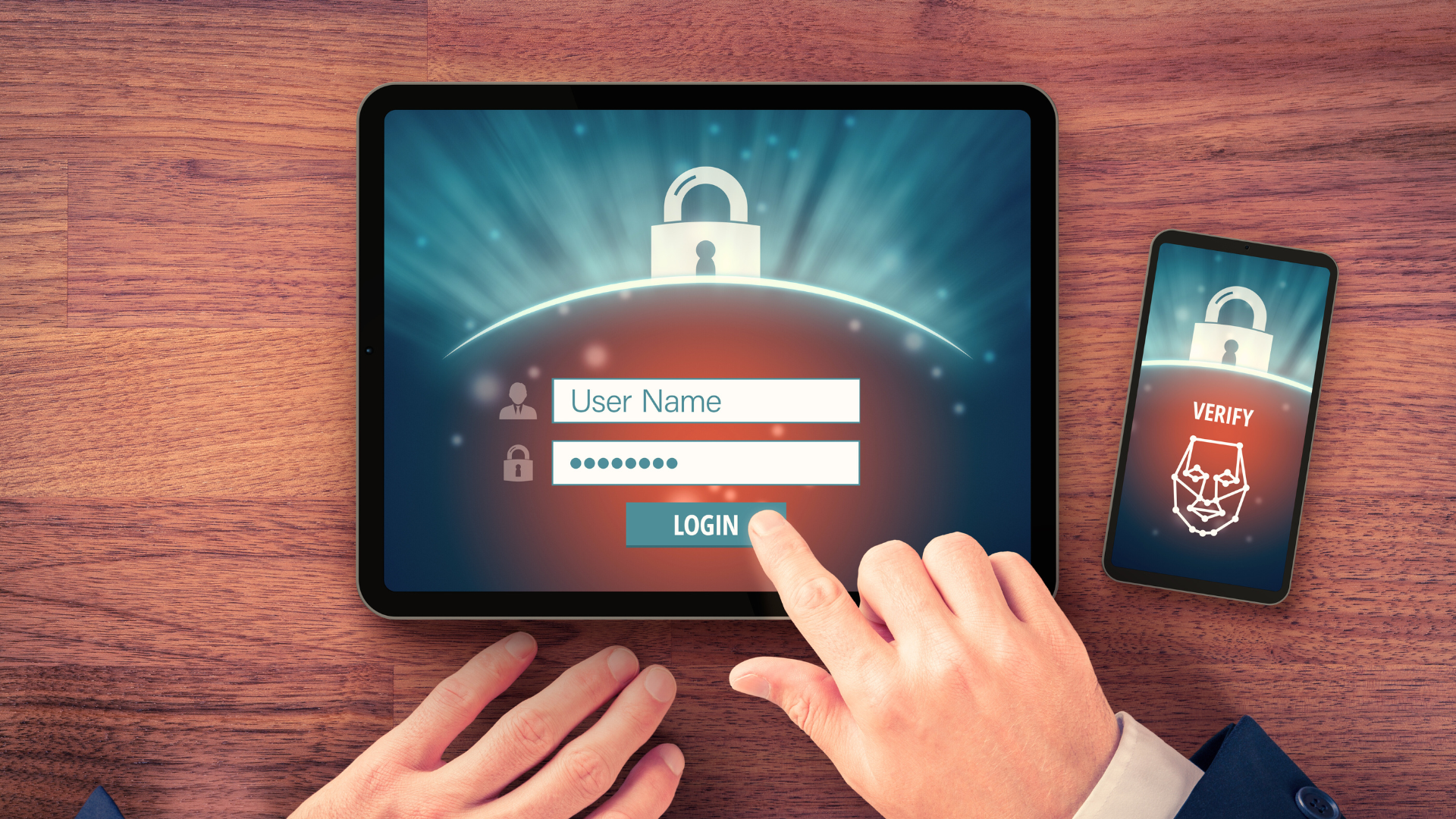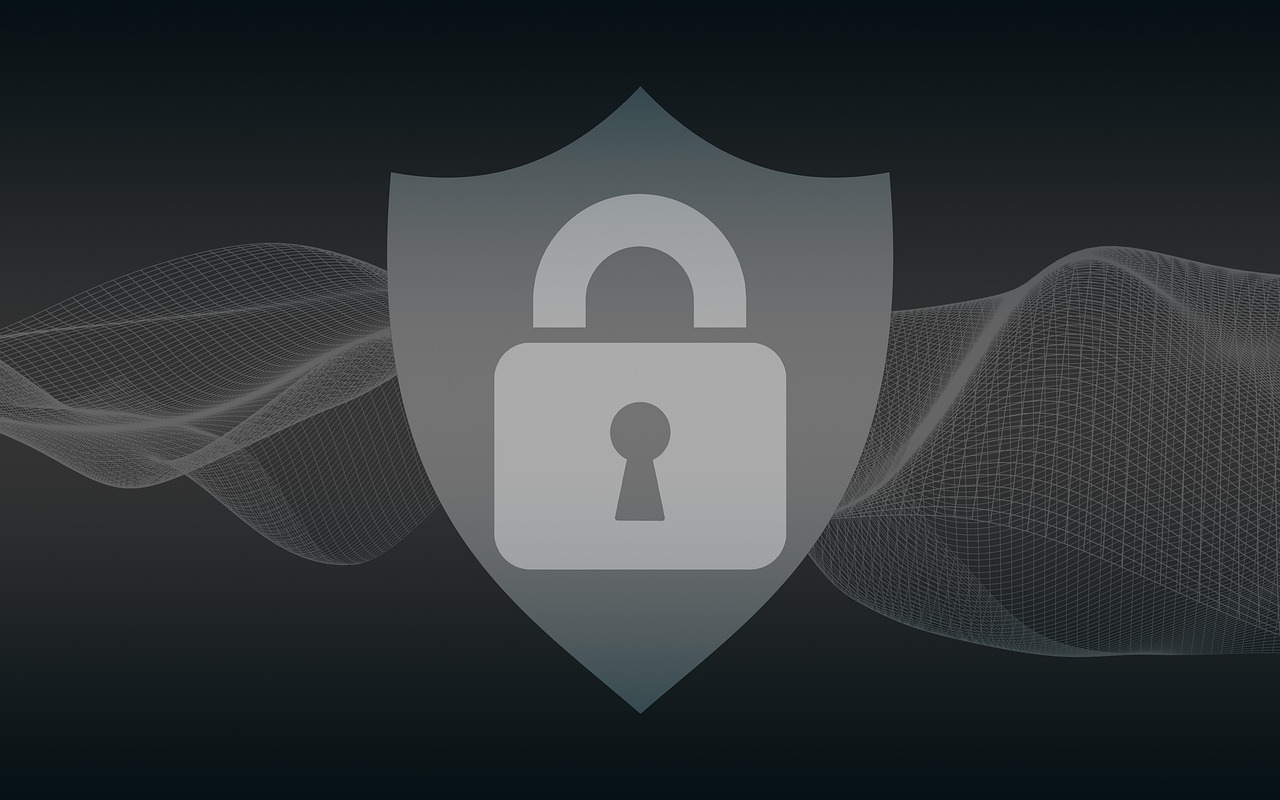The Importance of Multi-Factor Authentication for Small Businesses in Orange County, California
In the world today, cybersecurity is a top priority for businesses of all sizes, but for small businesses in Orange County, California, it’s...
7 min read
Jeff : Jul 28, 2025 11:03:00 AM
Have you ever wondered how vulnerable your business is to cyberattacks? According to recent reports, nearly 43% of cyberattacks target small businesses, often exploiting weak security measures.
A frequently underestimated yet highly effective method to secure your company is by using Multi-Factor Authentication (MFA). This additional security layer makes it much more difficult for hackers to access your systems, even if they possess your password.
This article provides guidance on implementing Multi-Factor Authentication for your small business. Armed with this information, you can take a vital step in protecting your data and enhancing your defense against potential cyber threats.
Before diving into the implementation process, let's take a step back and understand why Multi-Factor Authentication (MFA) is so essential. Small businesses, despite their size, are not immune to cyberattacks. In fact, they're increasingly becoming a target for hackers. The reality is that a single compromised password can lead to massive breaches, data theft, and severe financial consequences.
This is where MFA becomes crucial. It is a security approach that demands more than just a password to access an account or system. It introduces extra layers, often in the form of a time-sensitive code, biometric verification, or a physical security token. This makes it significantly more challenging for unauthorized individuals to infiltrate your systems, even if they have your password. It's not a question of if your small business will encounter a cyberattack, but when.
By implementing MFA, you can greatly decrease the chances of falling prey to common online threats, such as phishing and credential stuffing.
Multi-Factor Authentication (MFA) is a security method that requires users to present two or more separate factors to access an account or system. This multi-layered strategy makes it harder for cybercriminals to gain unauthorized entry. Rather than depending on a single factor like a password, MFA demands various forms of proof to verify your identity, making it a significantly more secure choice.
To better grasp how MFA functions, let's explore its three fundamental components:
The first factor in MFA is the most traditional and commonly used form of authentication (knowledge-based authentication). It usually involves something only the user is supposed to know, like a password or PIN. This is the first line of defense and is often considered the weakest part of security. While passwords can be strong, they're also vulnerable to attacks such as brute force, phishing, or social engineering.
Example: Your account password or a PIN number
While it's convenient, this factor alone is not enough to ensure security, because passwords can be easily stolen, guessed, or hacked.
The second factor in MFA is possession-based. This involves something physical that the user must have access to in order to authenticate. The idea is that even if someone knows your password, they wouldn't have access to this second factor. This factor is typically something that changes over time or is something you physically carry.
Examples:
These items are in your possession, which makes it far more difficult for an attacker to access them unless they physically steal the device or break into your system.
The third factor is biometric authentication, which relies on your physical characteristics or behaviors. Biometric factors are incredibly unique to each individual, making them extremely difficult to replicate or fake. This is known as inherence-based authentication.
Examples:
This factor verifies that the individual trying to access the system is truly who they say they are. Even if an intruder has your password and device access, they would still need to mimic or forge your distinct biometric characteristics, which is extremely challenging.
Implementing Multi-Factor Authentication (MFA) is a crucial move to bolster your business's security. Although it might initially appear daunting, the process is more straightforward than it seems, particularly when divided into clear, manageable steps. Here is an easy-to-follow guide to help you begin implementing MFA in your business:
Before you start implementing MFA, it's crucial to understand your current security posture. Conduct a thorough review of your existing security systems and identify which accounts, applications, and systems need MFA the most. Prioritize the most sensitive areas of your business, including:
By starting with your most critical systems, you ensure that you address the highest risks first and establish a strong foundation for future security.
Numerous MFA solutions exist, each offering distinct features, benefits, and pricing. Selecting the appropriate one for your business hinges on factors like your size, requirements, and budget. Here are some well-known options suitable for small businesses:
A free, easy-to-use app that generates time-based codes. It offers an effective MFA solution for most small businesses.
Known for its user-friendly interface, Duo offers both cloud-based and on-premises solutions with flexible MFA options.
Great for larger businesses but also supports simpler MFA features for small companies, with a variety of authentication methods like push notifications and biometric verification
A solution that allows cloud backups and multi-device syncing. This makes it easier for employees to access MFA codes across multiple devices.
When selecting an MFA provider, consider factors like ease of use, cost-effectiveness, and scalability as your business grows. You want a solution that balances strong security with practicality for both your organization and employees.
Once you've chosen an MFA provider, it's time to implement it across your business. Here are the steps to take:
Prioritize applications that store or access sensitive information, such as email platforms, file storage (Google Drive, OneDrive), and customer relationship management (CRM) systems.
Require all employees to use MFA across all accounts. Ensure remote workers also employ secure access methods, such as VPNs with MFA, for added security.
Some employees might not be well-versed in MFA. Make sure to provide straightforward instructions and training on setting it up and using it. Offer easily accessible support resources for any problems or questions they might have, particularly for those who are less tech-savvy.
Keep in mind that successful implementation depends on clear communication and effective onboarding, ensuring everyone comprehends the significance of MFA and its role in safeguarding the business.
Cybersecurity is a continuous process, not a one-time task. Regularly reviewing your MFA settings is crucial to ensuring your protection remains strong. You should:
Consider adopting stronger verification methods, such as biometric scans, or moving to more secure authentication technologies as they become available.
Regularly assess which users, accounts, and systems require MFA, as business priorities and risks evolve.
If employees lose their security devices (e.g., phones or tokens), make sure they can quickly update or reset their MFA settings. Also, remind employees to update their MFA settings if they change their phone number or lose access to an authentication device.
Cybersecurity is a continuous process, not a one-time task. Regularly reviewing your MFA settings is crucial to ensuring your protection remains strong. You should:
Once you've implemented MFA, it's crucial to regularly test the system to confirm it's working correctly. Regular testing helps identify vulnerabilities, address potential problems, and ensure that all employees adhere to best practices. This might involve conducting simulated phishing exercises to verify that employees are effectively using MFA to block unauthorized access.
Additionally, it's important to monitor the user experience. If MFA proves to be too cumbersome or inconvenient, employees might attempt to bypass it. Striking a balance between security and usability is essential, and ongoing testing can help maintain this equilibrium.
While MFA offers significant security benefits, the implementation process can come with its own set of challenges. Here are some of the most common hurdles small businesses face when implementing MFA, along with tips on how to overcome them:
Some employees might be hesitant to adopt MFA because they find entering multiple verification steps inconvenient. To address this, highlight the critical role MFA plays in safeguarding the business against cyber threats. Providing training and support to assist employees with the setup process can help ease their concerns.
Not all applications and systems are MFA-ready, which can make integration tricky. It's important to choose an MFA solution that integrates well with your existing software stack. Many MFA providers offer pre-built integrations for popular business tools, or they provide support for custom configurations if needed.
The cost of implementing MFA, especially for small businesses with tight budgets, can be a concern. Start with free or low-cost solutions like Google Authenticator or Duo Security's basic plan. As your business grows, you can explore more robust, scalable solutions.
Providing employees with the necessary devices (such as phones or security tokens) for MFA can pose logistical difficulties. Opt for cloud-based authentication apps (like Authy) that synchronize across multiple devices. This approach simplifies connectivity for employees, eliminating the need to depend on just one device.
If employees misplace their MFA devices or they are stolen, it can lead to access problems and security vulnerabilities. To mitigate this, implement a device management policy that allows for the swift deactivation or resetting of MFA. Look into solutions that enable users to remotely recover or reset their access. Offering backup codes or alternative authentication methods can ensure smooth access recovery without jeopardizing security in such situations.
Implementing Multi-Factor Authentication is one of the most powerful measures you can take to safeguard your business against cyber threats. By introducing this additional security layer, you greatly diminish the chances of unauthorized access, data breaches, and financial setbacks.
Begin by evaluating your existing systems, choosing the appropriate MFA solution, and deploying it across your essential applications. Ensure your team is well-informed and consistently update your security settings to keep pace with evolving cyber threats.
If you're prepared to enhance your business's security or require assistance with MFA implementation, don't hesitate to reach out to us. We're here to help you protect your business and secure what matters most.
Newport Solutions has been helping small businesses in Orange County, CA for almost 20 years. Our dedicated team provides comprehensive IT services, ensuring your business operates smoothly and efficiently. From IT support to cybersecurity, we've got you covered. Discover how we can become your business's IT department today.
We proudly serve the following areas: Newport Beach, Irvine, Costa Mesa, and the greater Orange County region.

In the world today, cybersecurity is a top priority for businesses of all sizes, but for small businesses in Orange County, California, it’s...

Cybersecurity has become a critical foundation upon which many aspects of business rely. Whether you’re a large enterprise or small business, network...
.jpg)
Gamers haven’t really been the focus of cybersecurity for a long time. You mostly hear about attacks on businesses. Or stolen personal data due to...